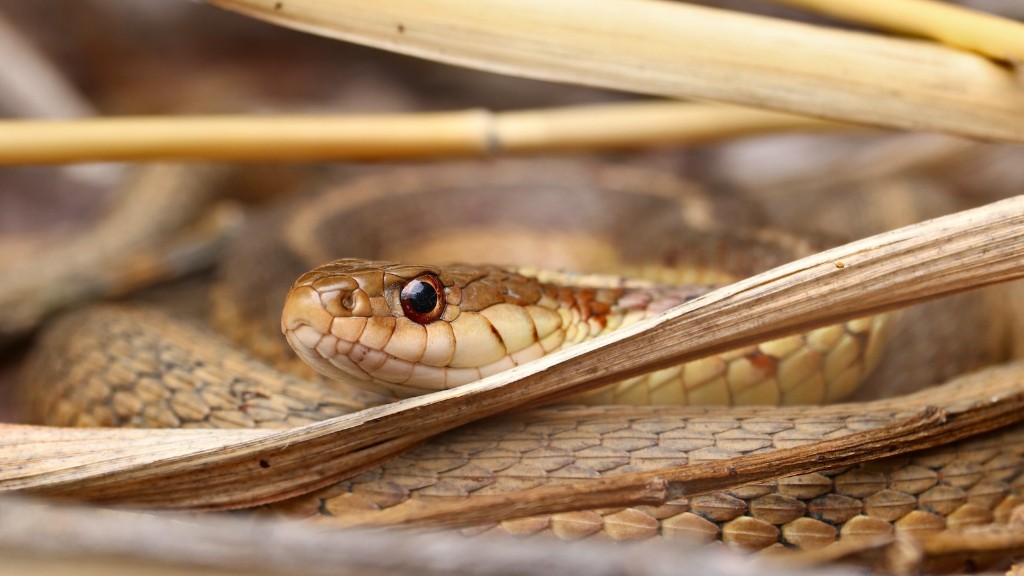How are Rattlesnake Bites Best Described?
Rattlesnake bites, inflicted by venomous snakes from the Crotalus genus, pose a significant threat to human health. Understanding how to accurately describe these bites is crucial for healthcare professionals, researchers, and snakebite victims alike. In this article, we will delve into the various aspects that define rattlesnake bites, including their etiology, symptoms, treatment, and prevention strategies.
Etiology
Rattlesnake bites result from the injection of venom into the victim’s body. These snakes possess specialized venom glands connected to their hollow fangs, allowing them to effectively deliver venomous substances. The composition of rattlesnake venom is complex, comprising various enzymes, toxins, and proteins. These components act together to disrupt the victim’s physiological systems, leading to a variety of symptoms.
Symptoms
Rattlesnake bites induce a range of symptoms that can vary depending on factors such as the species of snake, the size of the snake, and the amount of venom injected. Common general symptoms include localized pain, swelling, and redness around the bite site. Systemic effects can also occur, resulting in symptoms such as nausea, vomiting, dizziness, weakness, and a drop in blood pressure.
Furthermore, victims may experience specific symptoms associated with the action of the venom. For instance, rattlesnake venom can interfere with blood clotting, leading to prolonged bleeding or bleeding from other sites unrelated to the bite. Neurotoxic effects may manifest as tingling, numbness, muscle weakness, and difficulties in coordination. In severe cases, rattlesnake bites can cause tissue damage, organ failure, and potentially fatal complications.
Treatment
Timely and appropriate medical intervention is essential for the management of rattlesnake bites. The primary goal of treatment is to minimize the effects of venom on the victim’s body and prevent complications. Antivenom, a specific antidote that neutralizes the venom, is the cornerstone of rattlesnake bite treatment. Administration of antivenom can significantly reduce the severity of symptoms and improve clinical outcomes.
In addition to antivenom, supportive measures are often employed to manage rattlesnake bites. Pain relief medications, such as analgesics, may be administered to alleviate pain. Swelling can be managed through the application of ice packs, compression bandages, and limb elevation. Monitoring of vital signs, electrolyte levels, and blood coagulation parameters is crucial to detect and address any systemic complications that may arise.
Prevention Strategies
Preventing rattlesnake bites is paramount, especially in regions where these venomous snakes are prevalent. Public education regarding snakebite prevention plays a critical role in reducing the incidence of bites. Individuals should be educated about the habitats, behavior, and warning signs associated with rattlesnakes. Additionally, wearing protective clothing, such as boots and long pants, while venturing into their natural habitats can minimize the risk of bites.
Furthermore, implementing effective snake control measures in residential areas can help deter snakes from coming into close proximity with humans. Clearing debris, sealing gaps and cracks, and keeping yards free from potential snake hiding spots can discourage their presence. In snakebite-prone regions, early access to healthcare facilities and emergency medical services is also vital to ensure prompt treatment.
Conclusion
Understanding the characteristics of rattlesnake bites is essential to effectively manage and prevent the devastating effects they can cause. By recognizing the etiology, symptoms, treatment options, and prevention strategies, healthcare professionals, researchers, and individuals at risk can work together to mitigate the impact of rattlesnake bites. With continued efforts in research, education, and community engagement, we can strive for improved outcomes and a safer coexistence with these fascinating yet potentially dangerous reptiles.


